Leadership
Homebuilding's C-Level Measures Up: '21 Pay Gains On Performance
Here’s The Builder’s Daily annual deep dive special scorecard on public homebuilding’s C-suite strategists’ pay packages in a year that was.

2021: The Year of Whack-A-Mole
A paraphrase of a Steve Martin thought from his book, "Born Standing Up," comes to mind.
It's easy to be great. It's hard to be good."
In a year that saw people in the U.S. pay upwards of $3 trillion for residential real estate, blowing away prior records, public homebuilding's chief strategists played their part and measured up to a bevy of challenges that may be remembered as 2021: The Year of Whack-A-Mole.
The context was different then and it's different now – challenges of supply constraint can be costly. Challenges of demand dislocation can be existential. The context in 2021 was surging demand versus scarce supply. The context in 2021 drove leaders, managers, and team members in the field crazy. But, by and large, no matter where and how suddenly each new set of problems arose, work-arounds, extra hours on the job, and some money judiciously hurled at the matter mostly did the job of bringing things to the outcome everybody wanted.
As a peer group, last year, leading executives – ranging in title from executive chairman to chief executive to co-ceo – from 19 publicly-traded homebuilding enterprises pulled in $408.3 million collectively, compared with $296.6 million earned by the same 27 individuals a year earlier, according to exclusive The Builder's Daily analysis of company disclosures. Their average package that includes base pay, bonuses and other merit-based financial opportunities, business performance-related stock and options awards, and fringe benefits and perks.
[See details for each executive's compensation package below].
As it happens, homebuilding company top executives earn on a par – a titch lower – than the chieftains of blue chip publicly traded companies in other industry sectors, as noted here last week in the Wall Street Journal, where four members of our 27 exec line-up appeared among the leading salaries in America.
The median CEO’s compensation package in 2021 was $14.7 million. Most of that amount comes in the form of equity awards that could ultimately prove to be worth more or less than initially reported. The median salary, bonus and other cash compensation was $4.1 million.
The collective of 27 public homebuilding organization executives averaged $14.6 million – upwards of 65% of which was in cash salaries, non-equity incentives, and perqs – an aggregate 40% higher than those executives took home in 2020.
- This cohort of 27 executives led enterprises that, together delivered 557,209 single-family and multifamily for-sale and for-rent homes, with revenues of $228.5 billion, per their disclosures.
- Collectively, their salaries, awards, and benefits totalled 17.9% of the aggregated total revenue of their firms.
- On average, their pay packages clocked in at a CEO pay ratio of 137:1, compared with the median salary of the companies' team members.
There are dozens of stories in the numbers themselves. We look at them as a record of value creation, of management mastery, and of the workmanlike job of creating business cultures of capability.
Now, a bit of perspective.
When you think of the economic multiplier effect of these 19 organizations and the 557,000 plus homes they delivered in one of the most overall capacity-challenged business, construction, manufacturing, and distribution stretches in history the epic leadership, motivation, and focus achievements validate each and every leader's strike point on their performance-based reward incentives.
Think too of the impact these leaders had on a macro- and scores of micro-economies still trying to get on their feet in the long deadly wake of Covid. A measure of that impact comes clear when you apply the total of 557,000 homes to the following analysis:
Building 1,000 average single-family homes creates 2,900 full-time jobs and generates $110.96 million in taxes and fees for all levels of government to support police, firefighters and schools, according to NAHB's National Impact of Home Building and Remodeling report.
So, the chairmen, ceos, and co-ceos of these 19 homebuilding organizations can include a couple of other bullets among their 2021 KPI:
- 1.615 million full-time jobs
- $61.8 billion in taxes and fees for local, regional, and national government
When we looked ahead a year ago at the risk, reward, opportunity, and challenge for homebuilding leaders, here's what shaped the near horizon:
Five crises, each of which by itself could easily define the span of a year, have by now redefined a decade to come. Each reaches deep into the sinew of lives, livelihood, the past, the present, and the future, and the bedrock of well-being, homes and communities. Each of them challenges housing's leaders to rise – again, and again, and again – to aspects of leadership they'll have to learn as they go, even as they tap deep fonts of experience, canny, wisdom, and. striving that has characterized a track record of strength, fortitude, and agility when adversity crested in each case to crisis level.
A killer contagious infectious disease, likely a prologue of more to come
An economic convulsion that stressed the resilience of the financial and business marketplace to its core
Social upheaval – amplified by political divisiveness – that threatened violence amid calls for racial justice
Environmental shocks on a trajectory of increasing frequency, destructiveness, and scope
Cyber insecurity – an emerging, existential-level vulnerability to technological and data invasion and damage
At once now, homebuilding enterprise leaderships navigate a constantly morphing triangulation of capital investment currents, political and electability challenges, and chronically-exposed productivity risk due to historic underinvestment on both the research and development front and the human capital resource basis.
Now, it's still all that and then some – and they'll have to accomplish what they do playing defense rather than on offense.
The context now is scarce supply and tempered – not to say, decimated -- demand, which will make being good this year harder than being great during the Whack-A-Mole days of supply constraints, peak lumber, missing garage doors, crews showing up too early for sheetrock, etc.
That was problem-solving at very high level of skill, a zone homebuilding's talent chain up and down the ranks excels at, and – to some degree – relishes.
This year, pay for performance will perhaps look and feel profoundly different, because, with apologies to Steve Martin being great is easy, being good is hard.
Below, thanks to the deft data visualization chops and inimitable Apple pen graphic non-fiction portraiture of TBD's own Maggie Goldstone, is a detailed breakout of 2021 compensation packages of each of the 27 top paid execs in U.S. homebuilding's strategic braintrust.
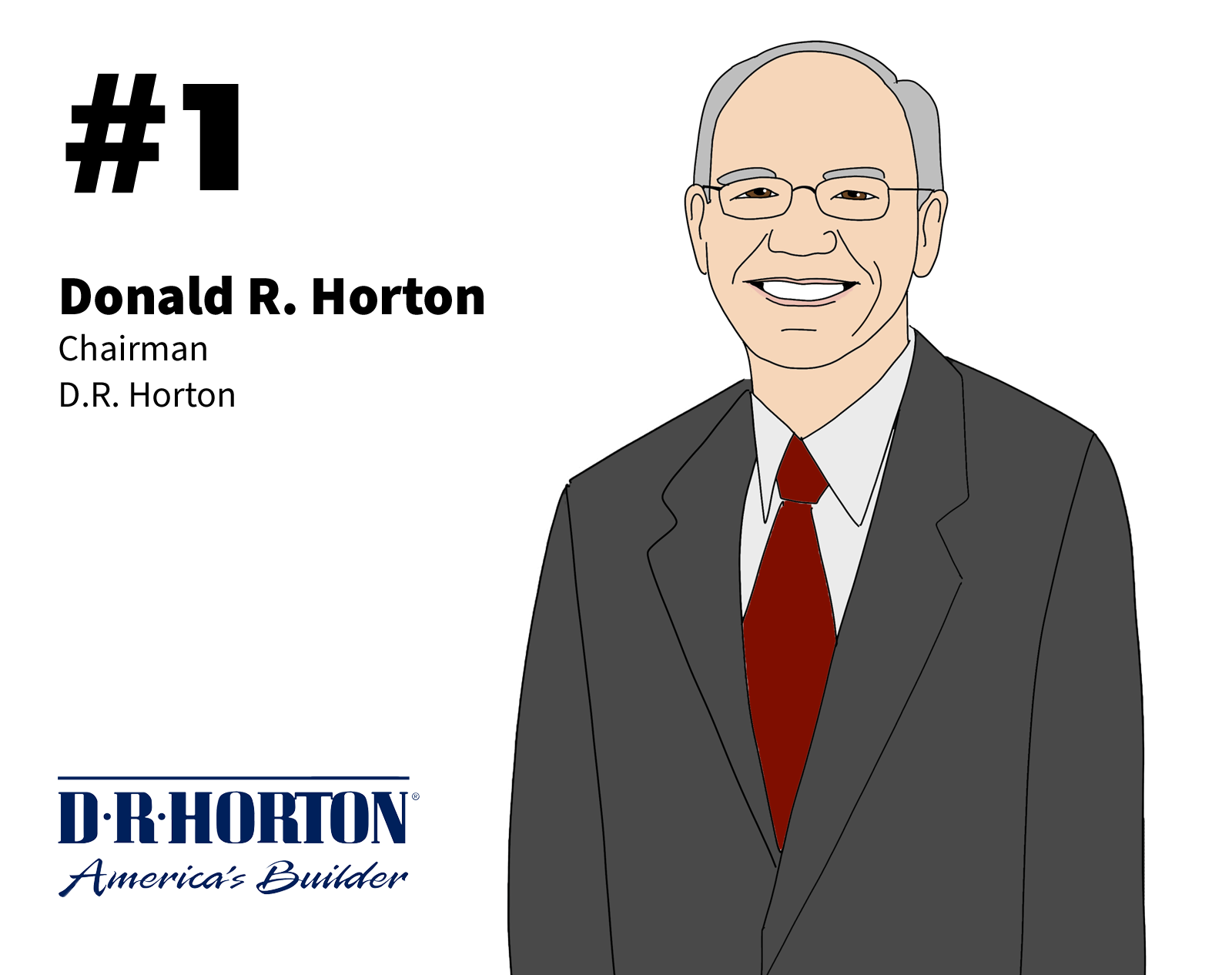
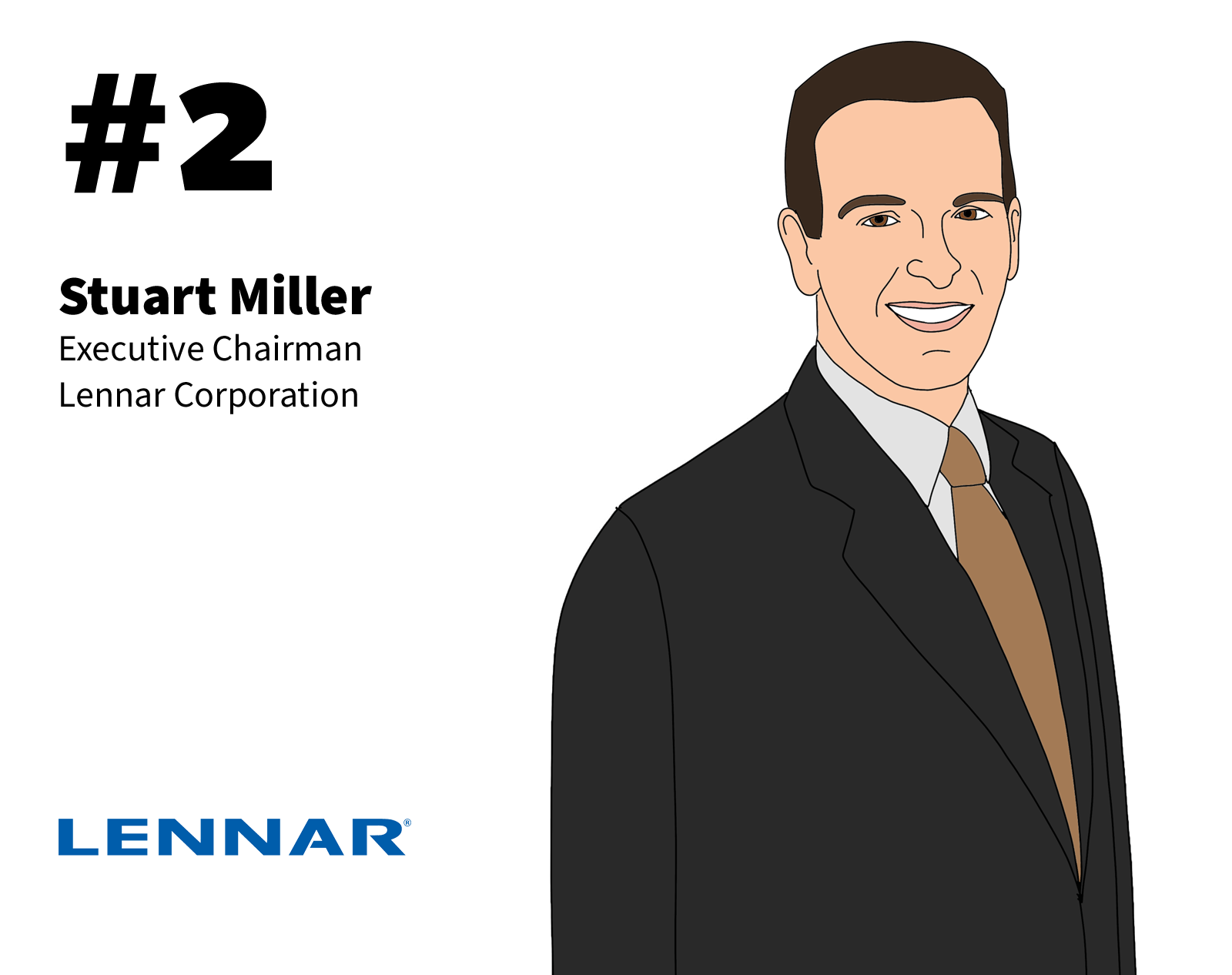
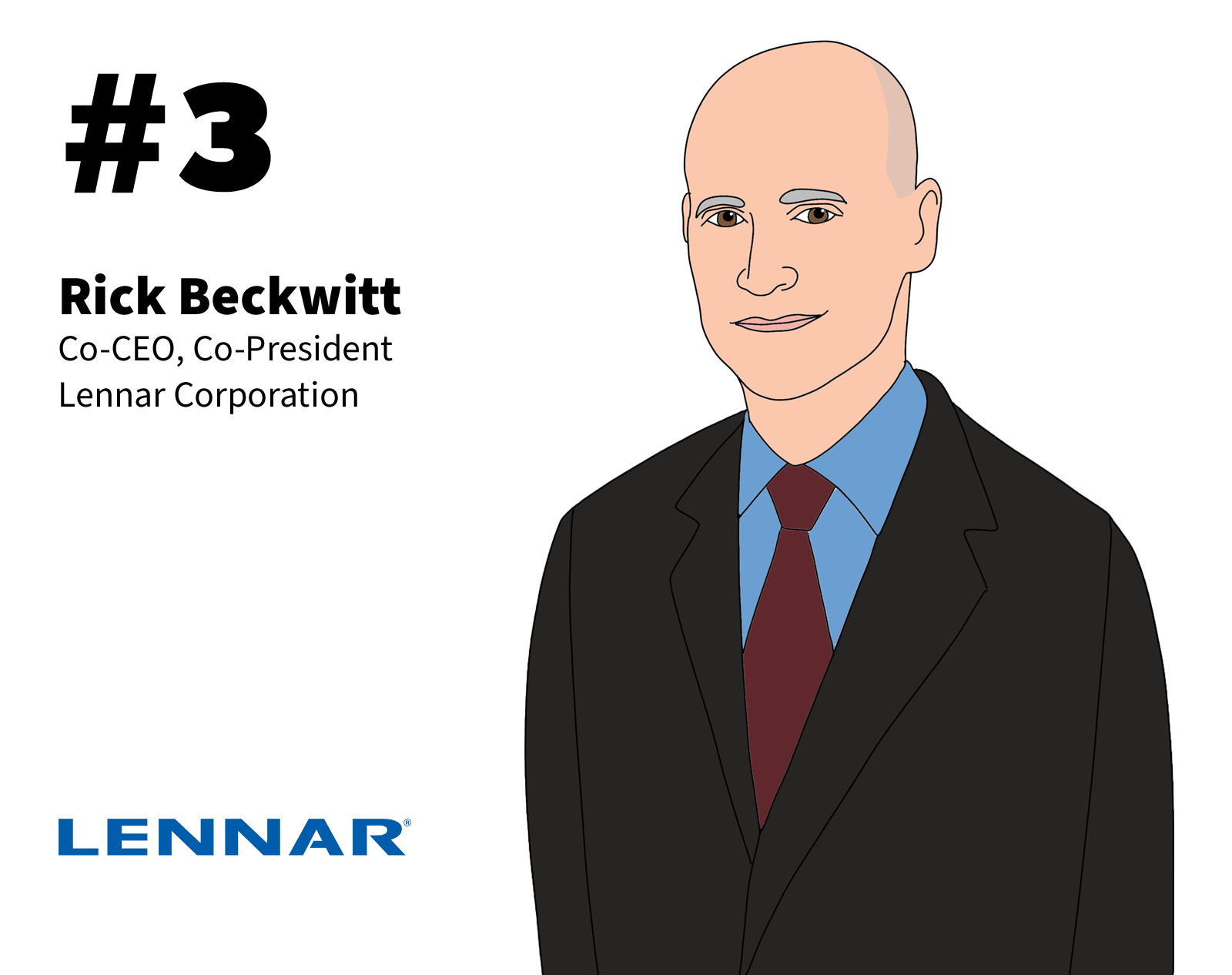
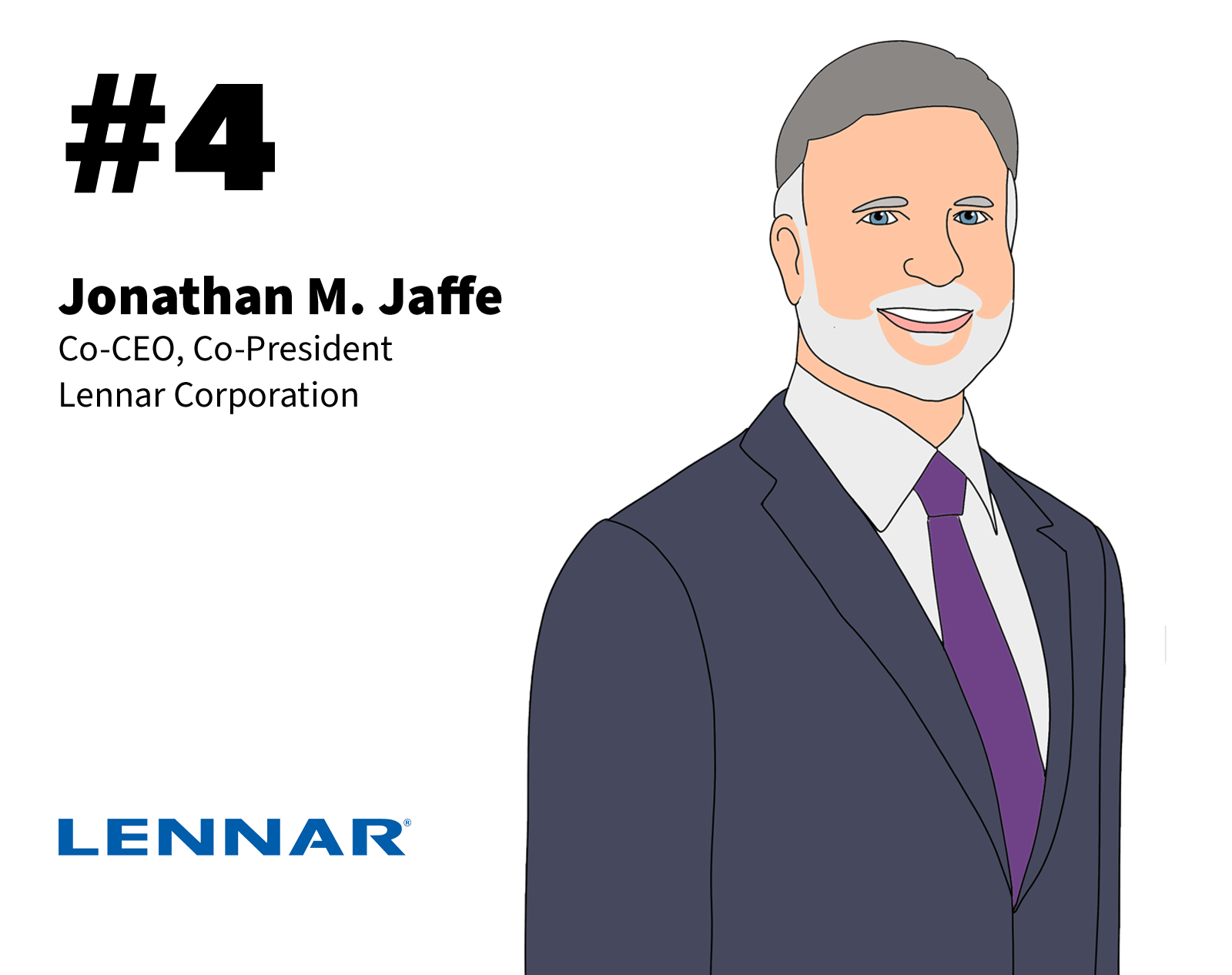
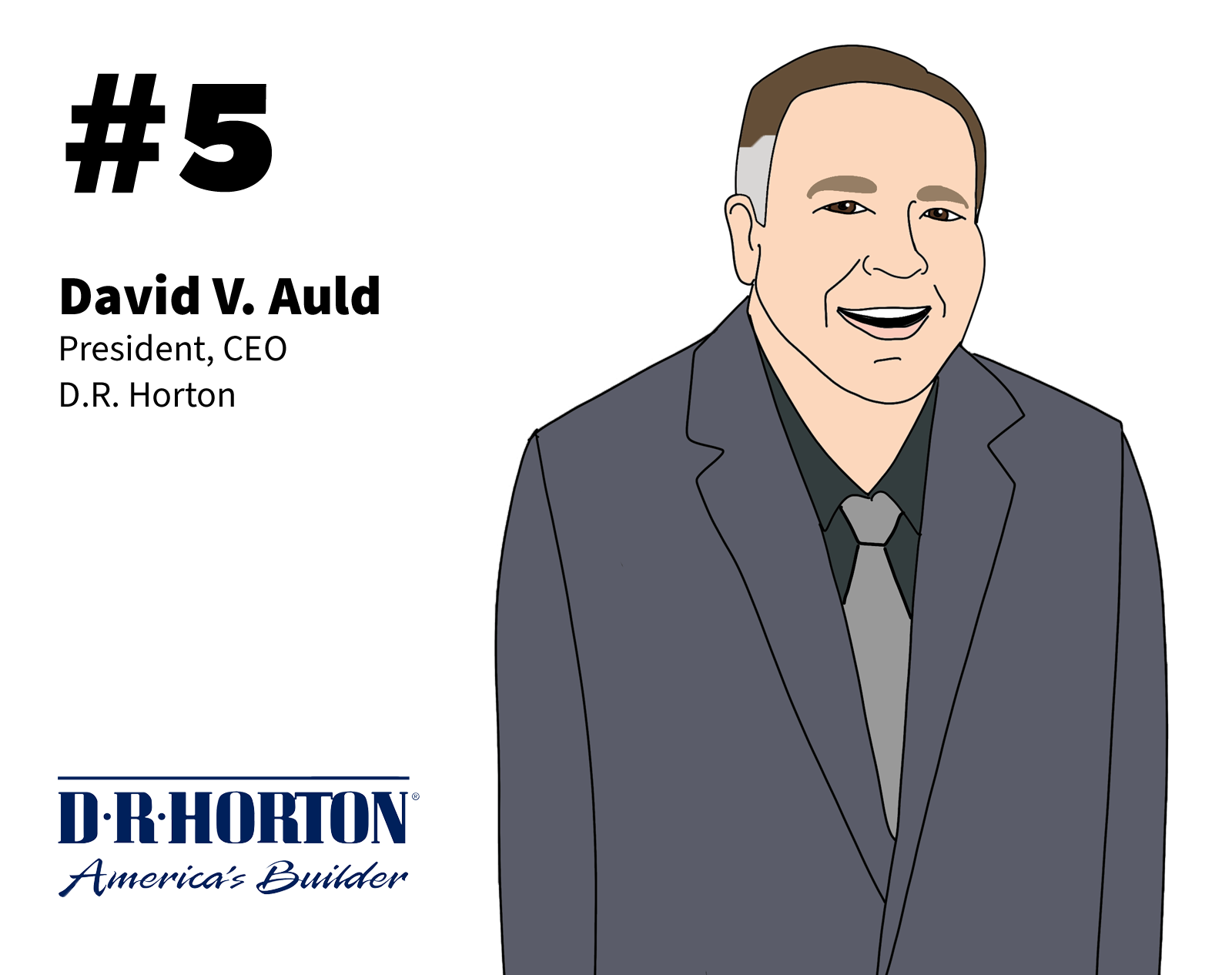
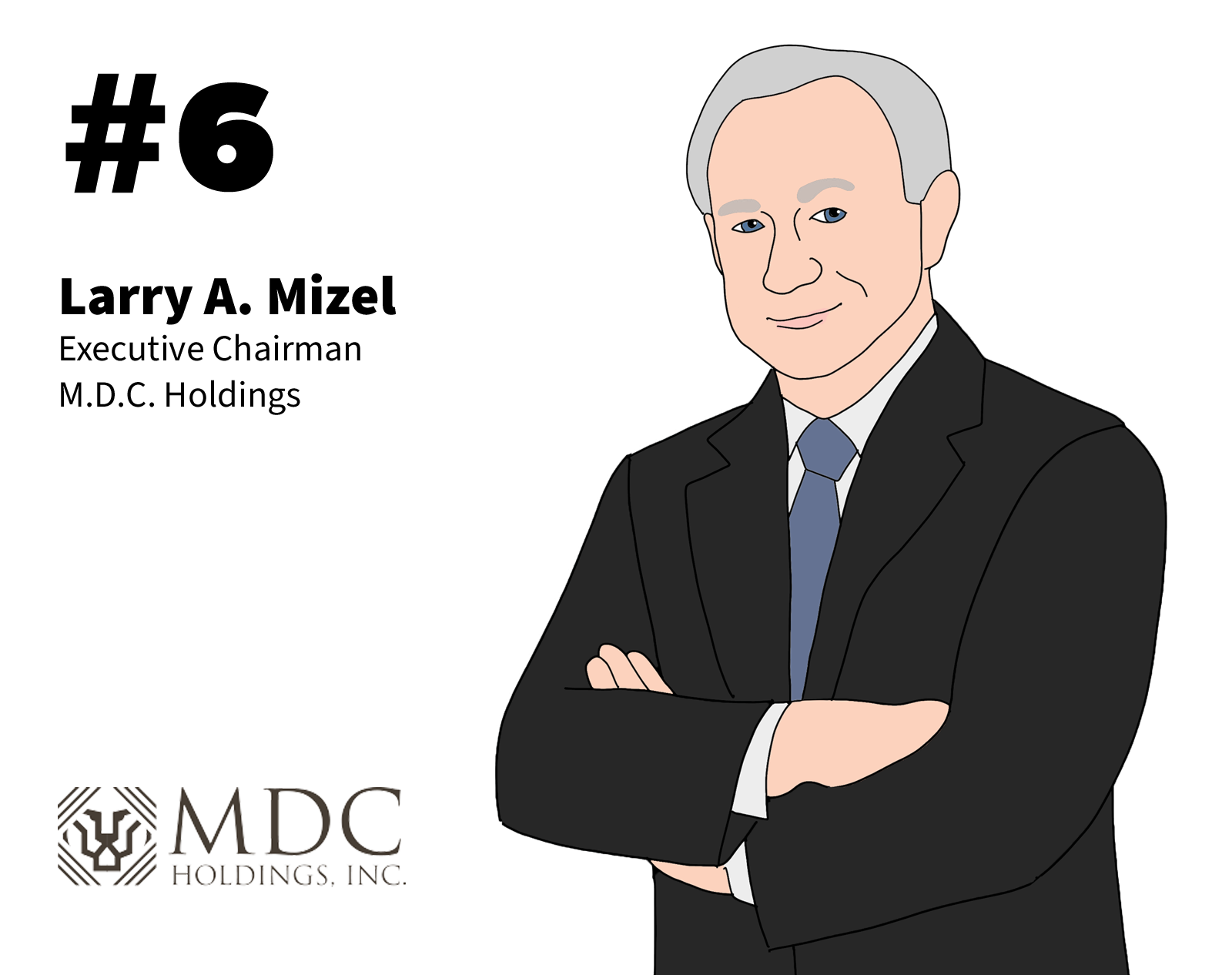
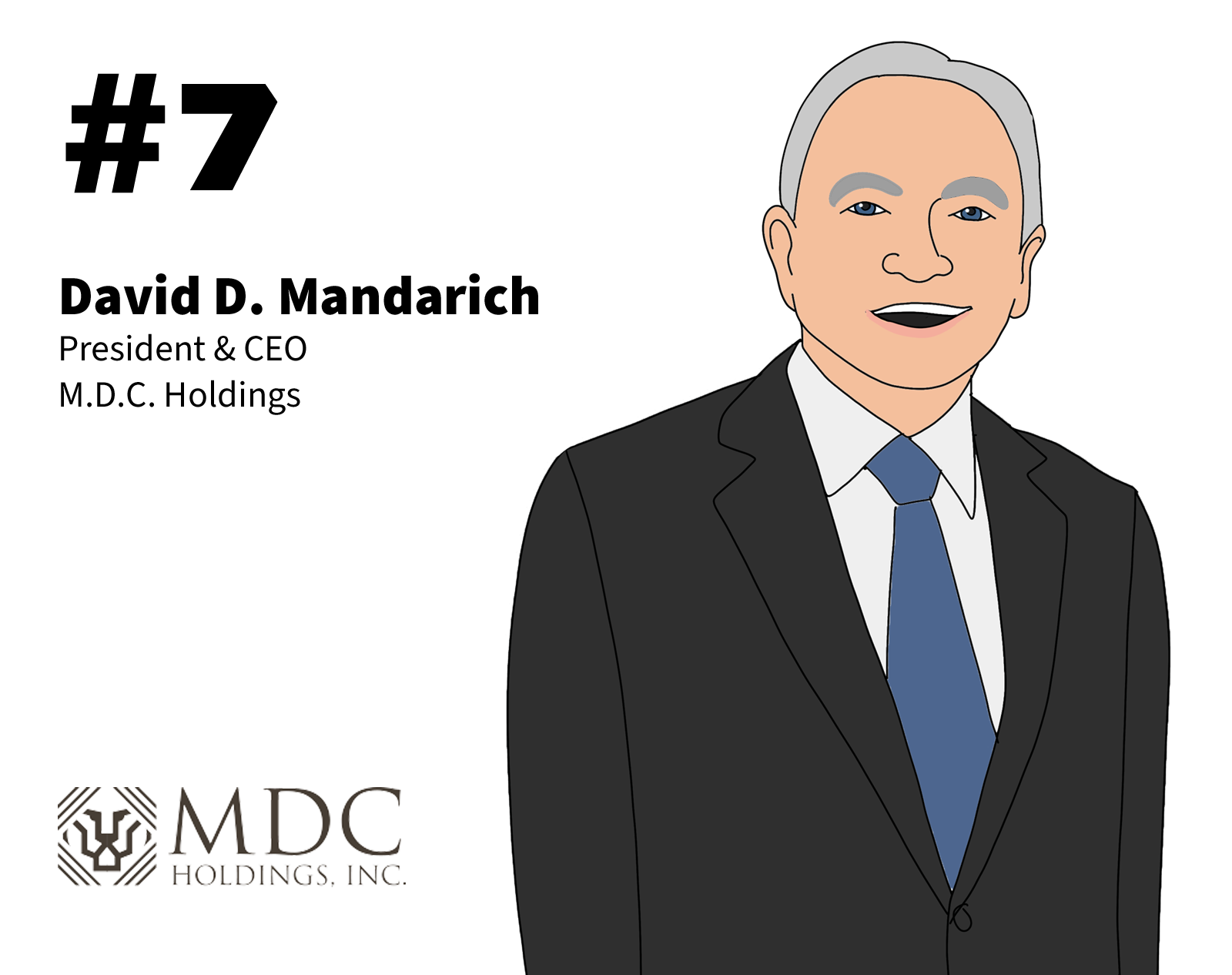
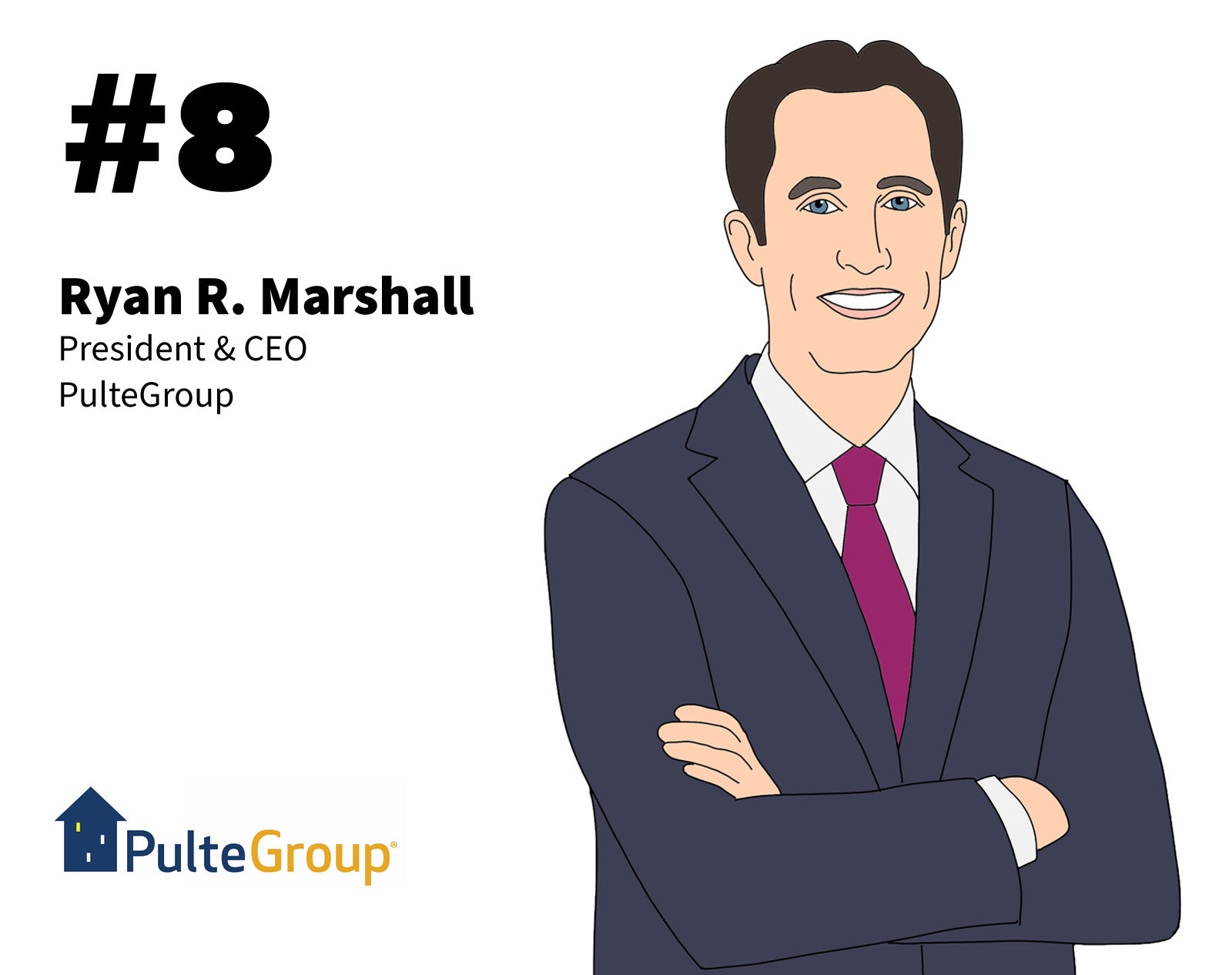
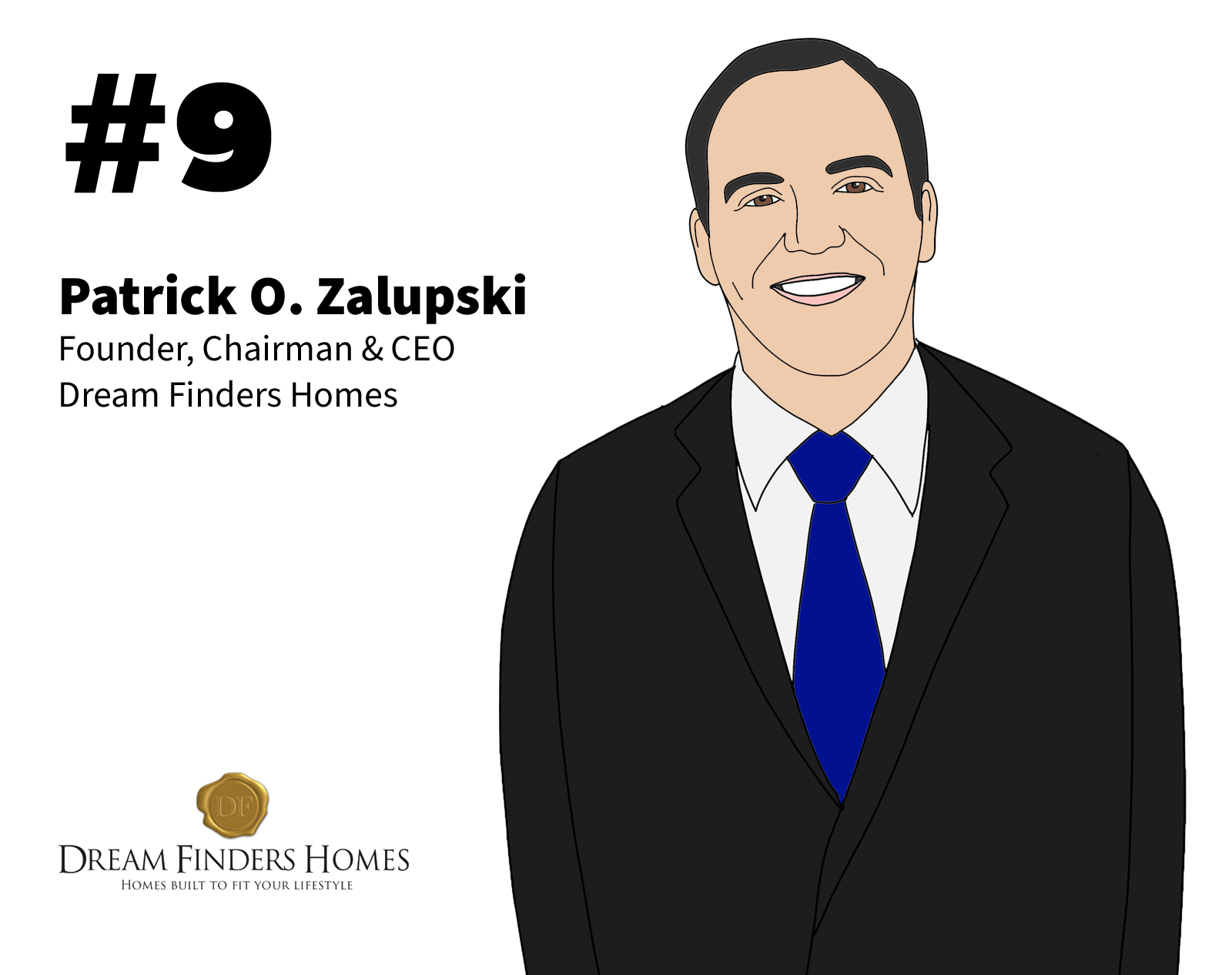
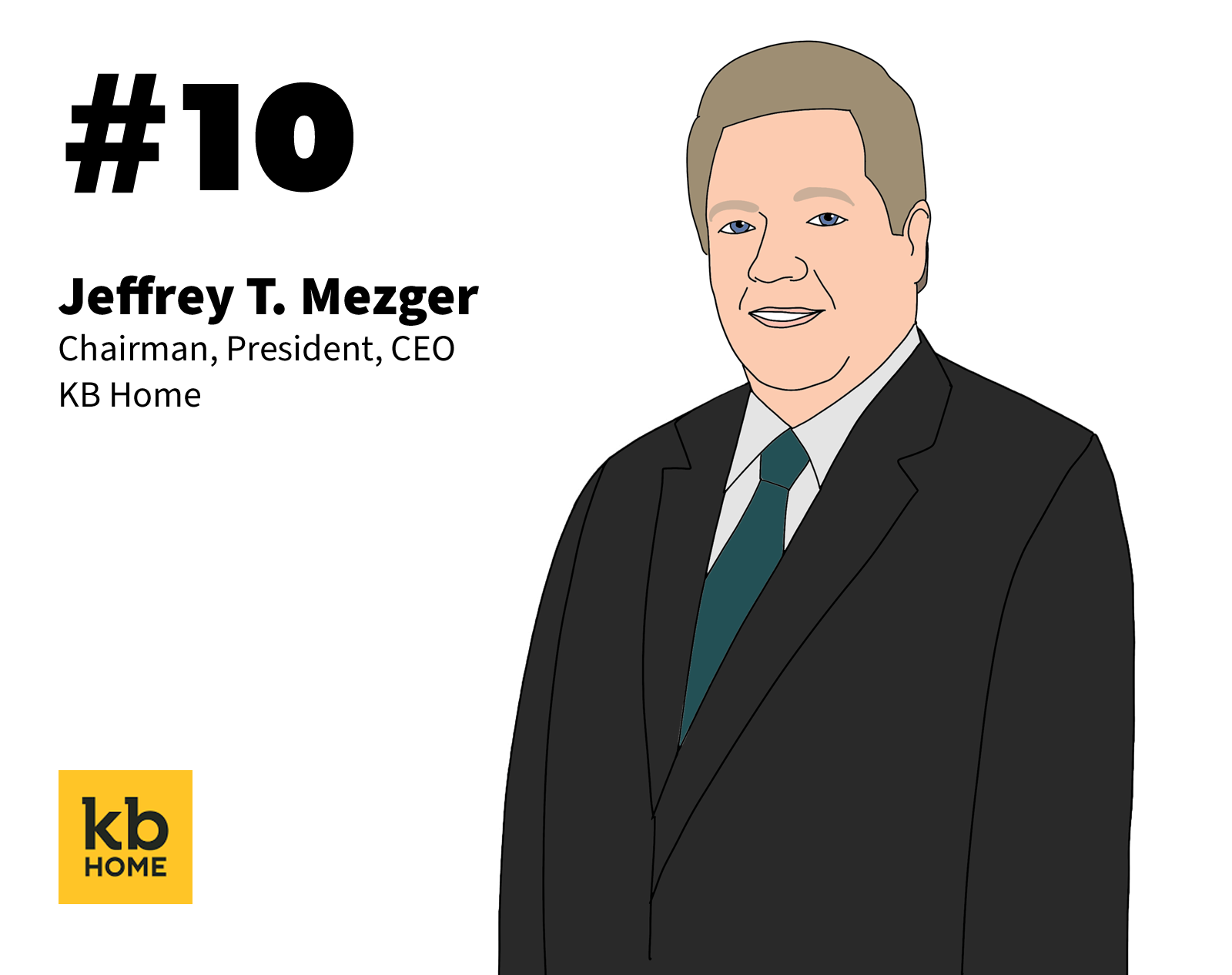
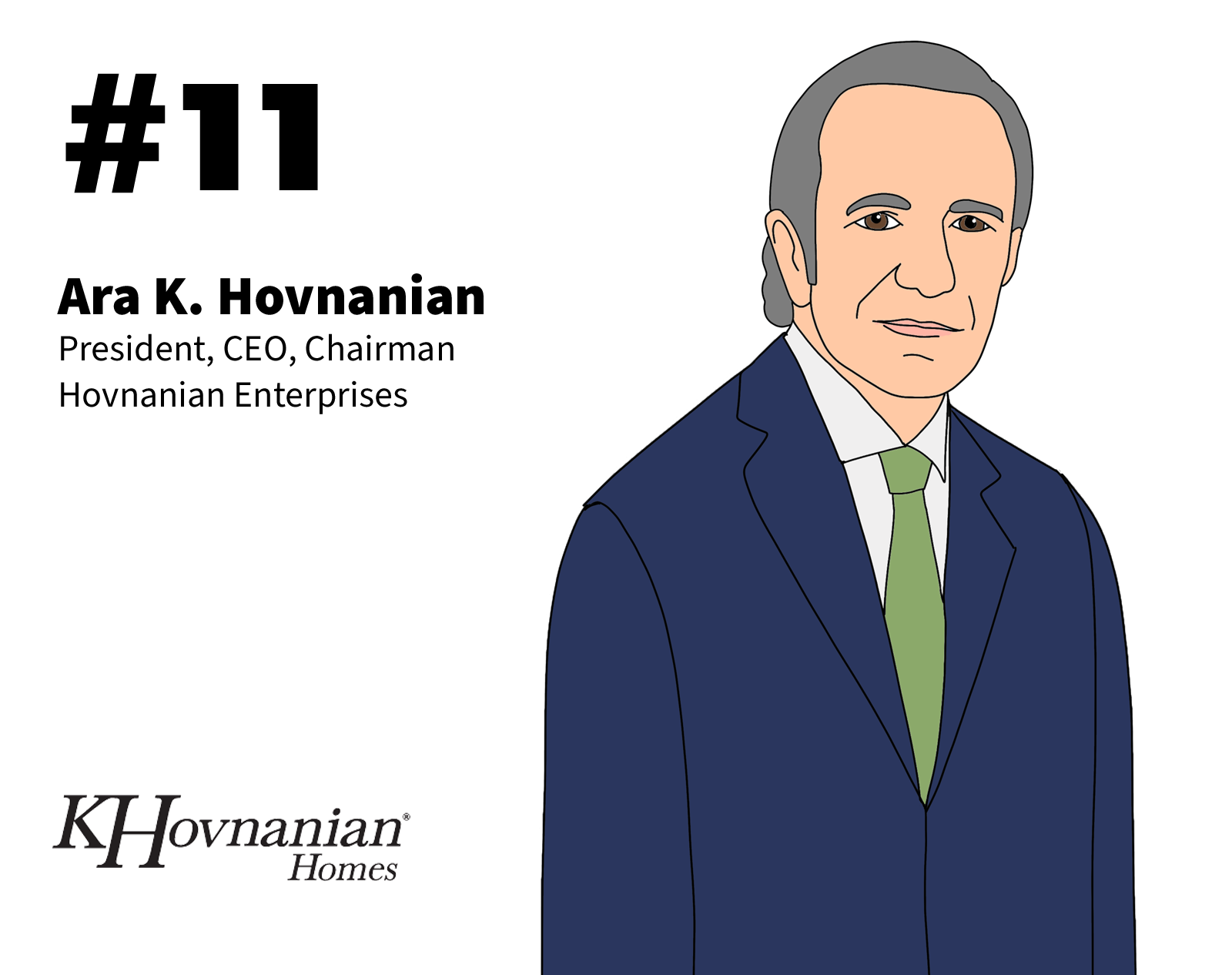
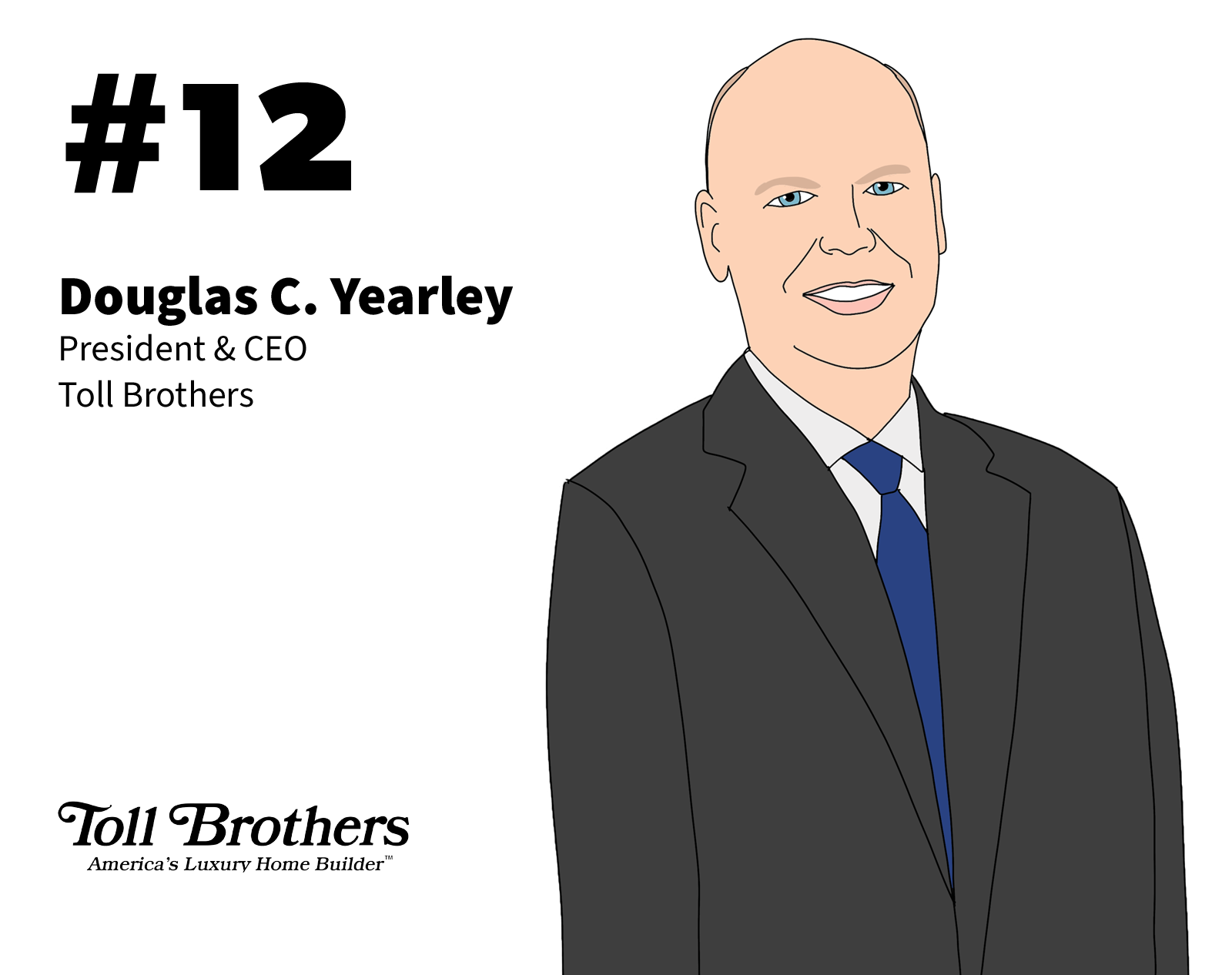
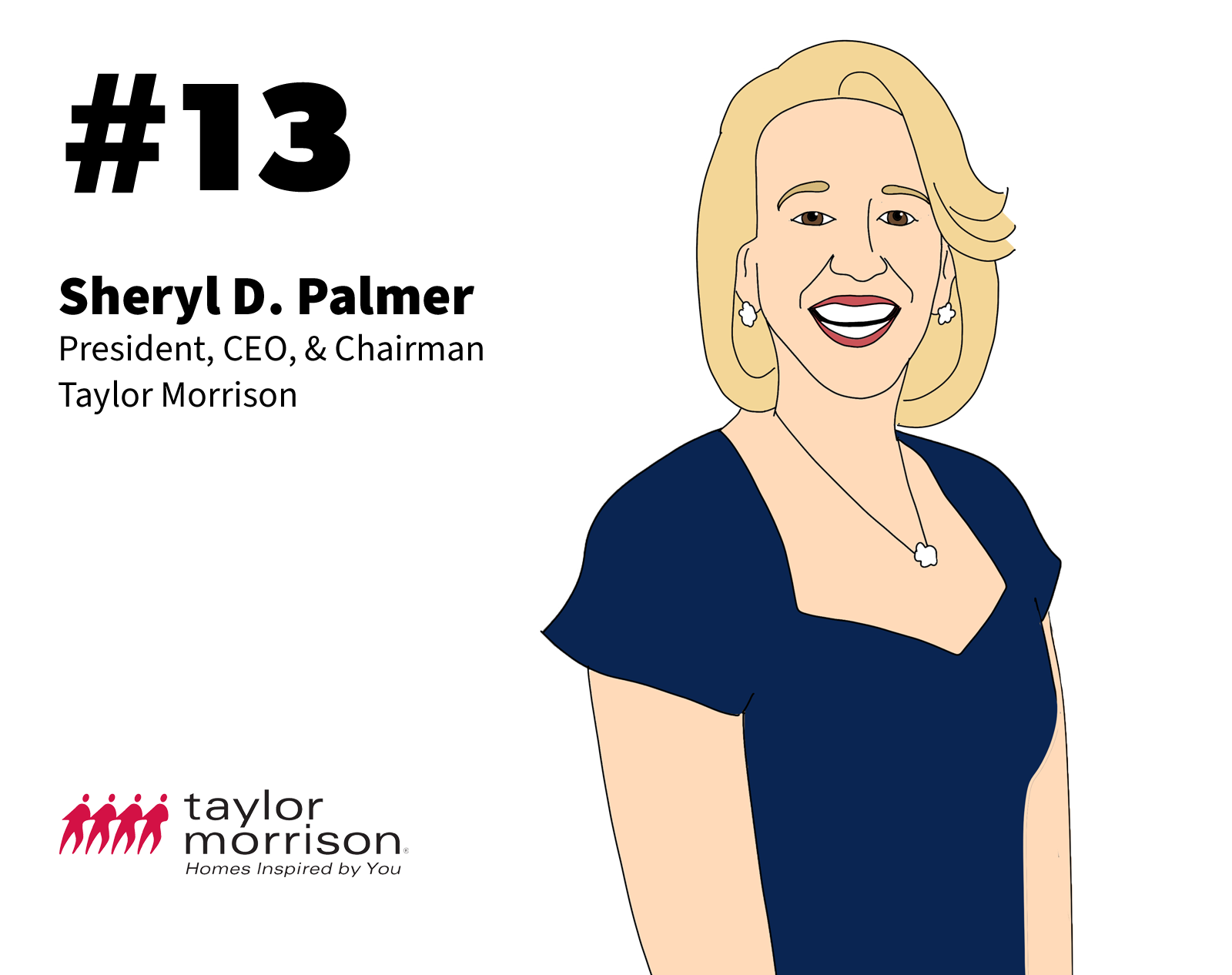
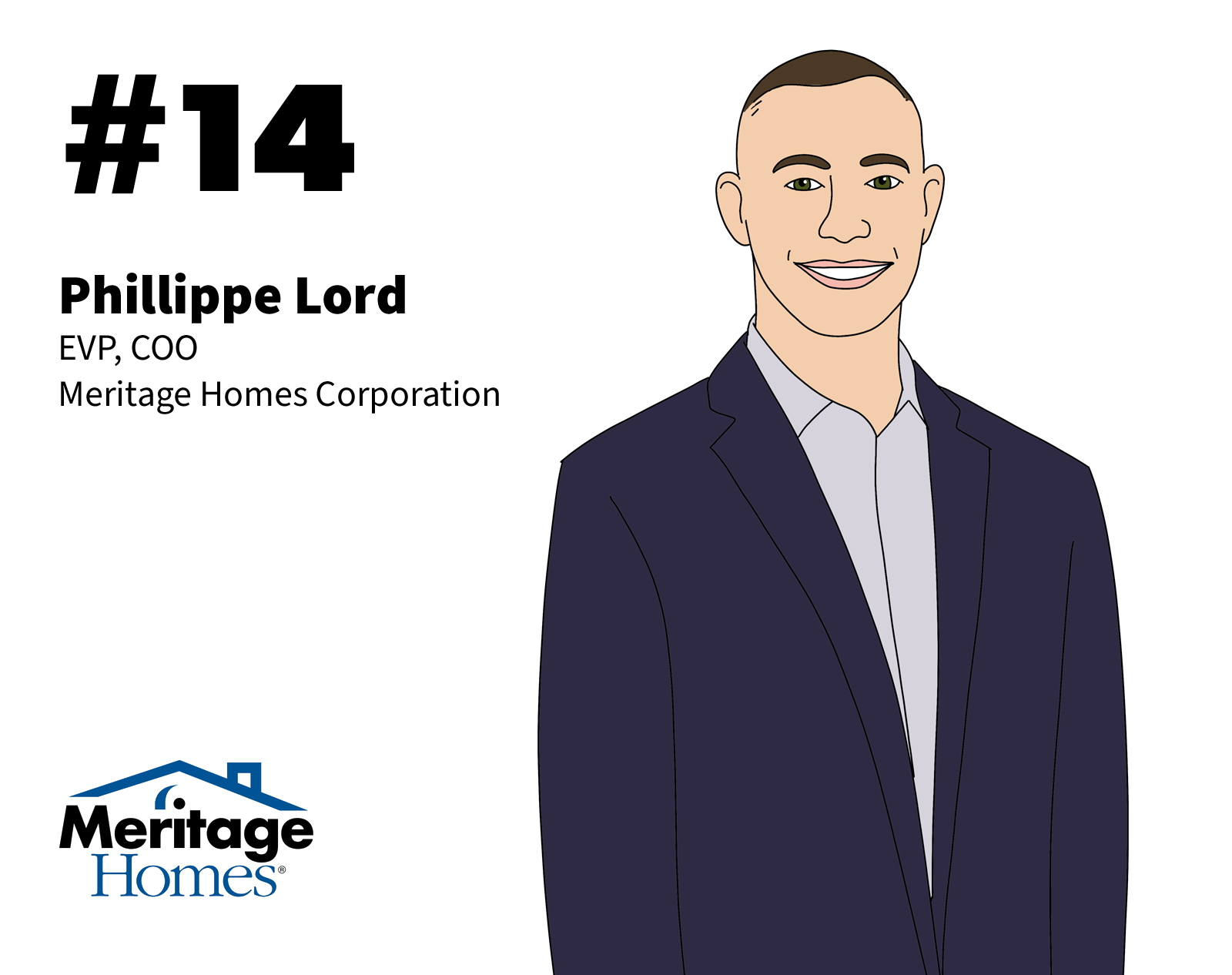

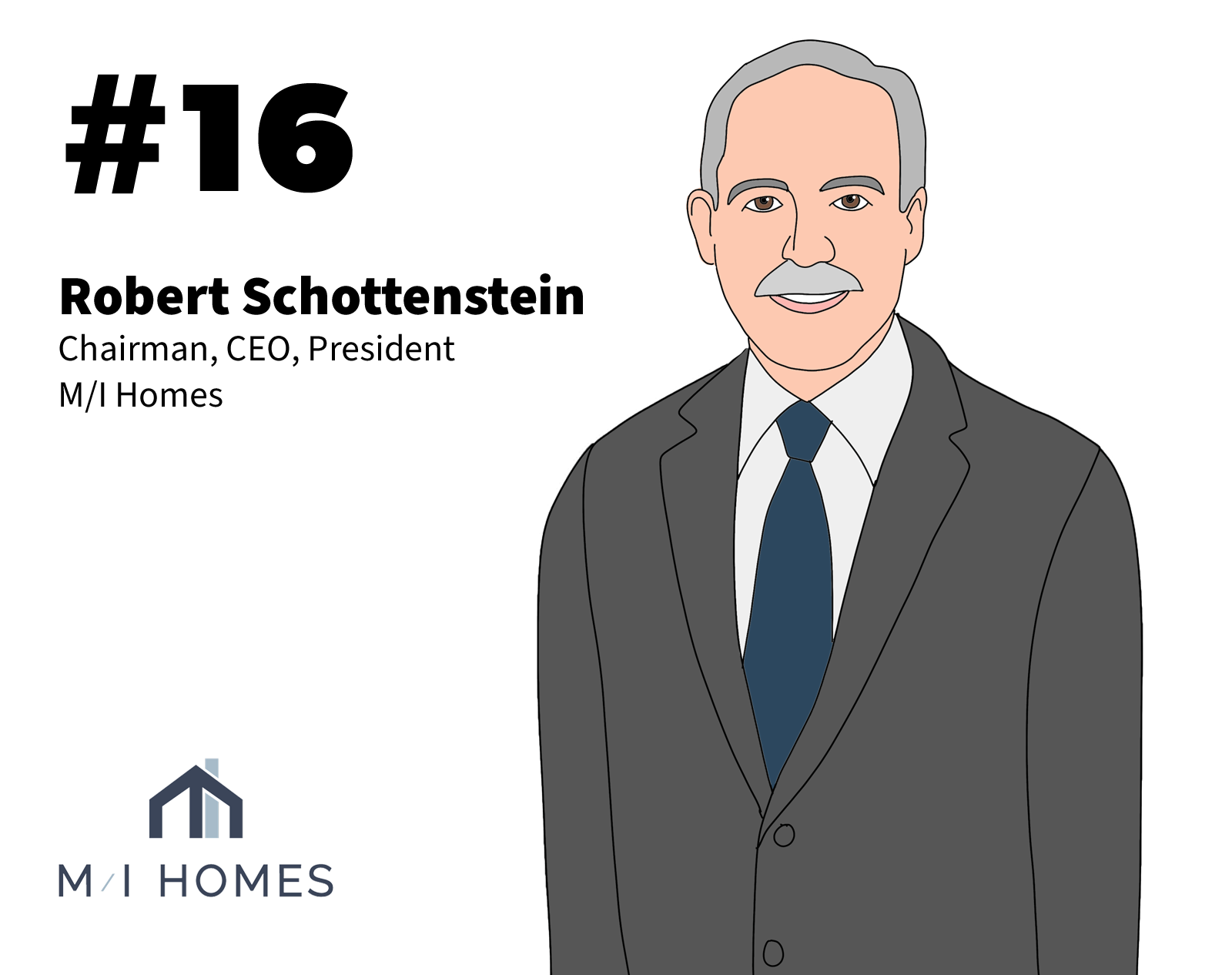
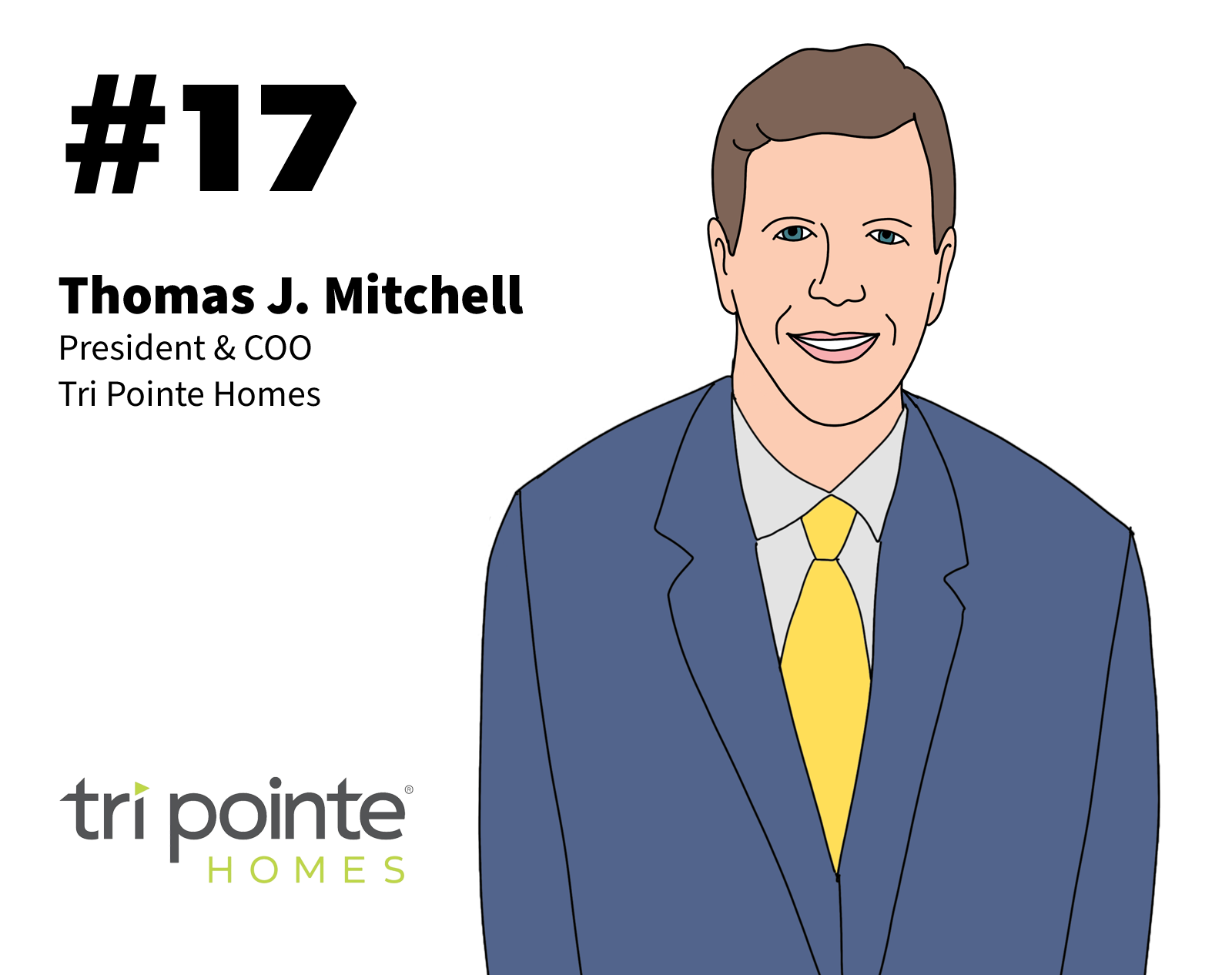

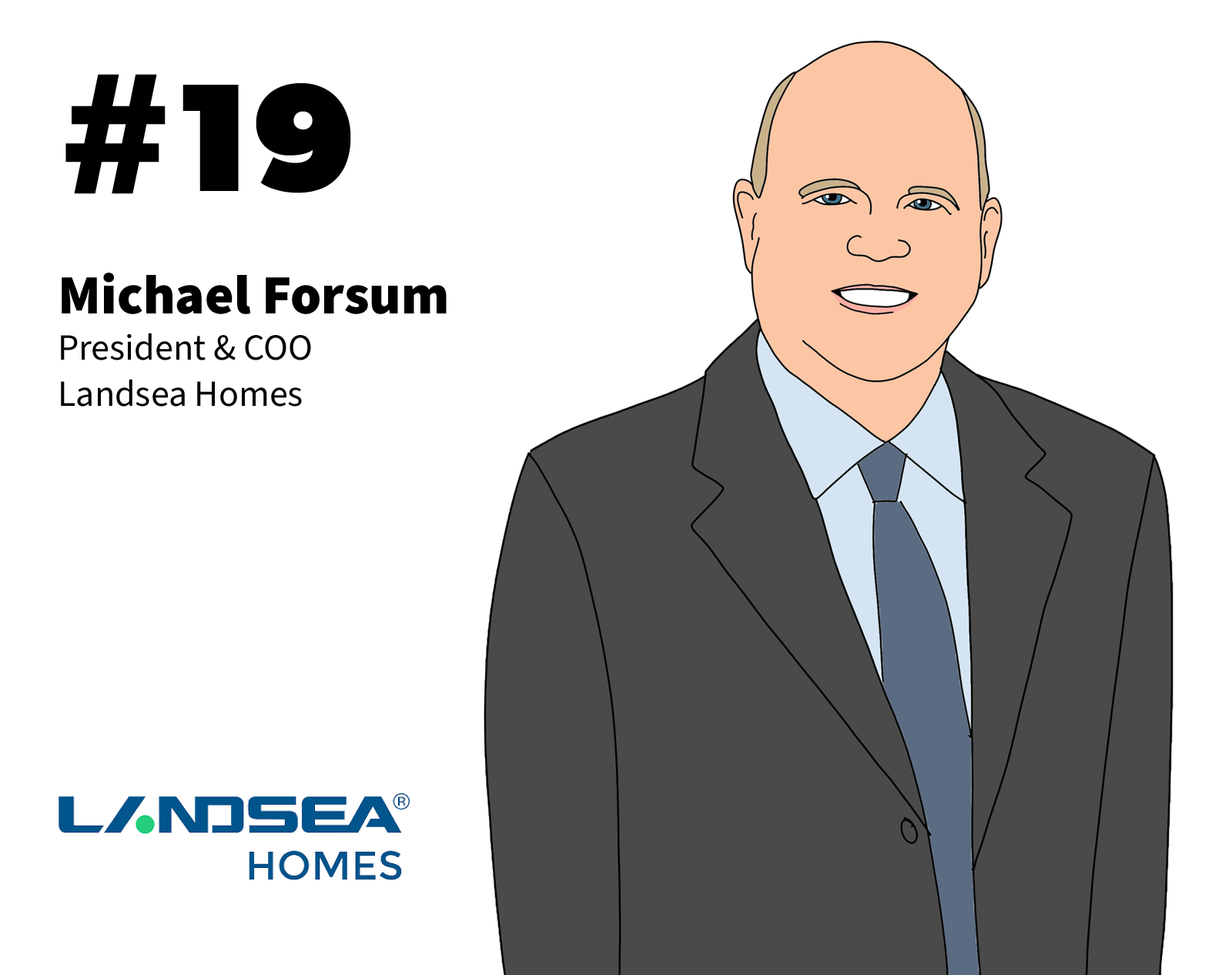
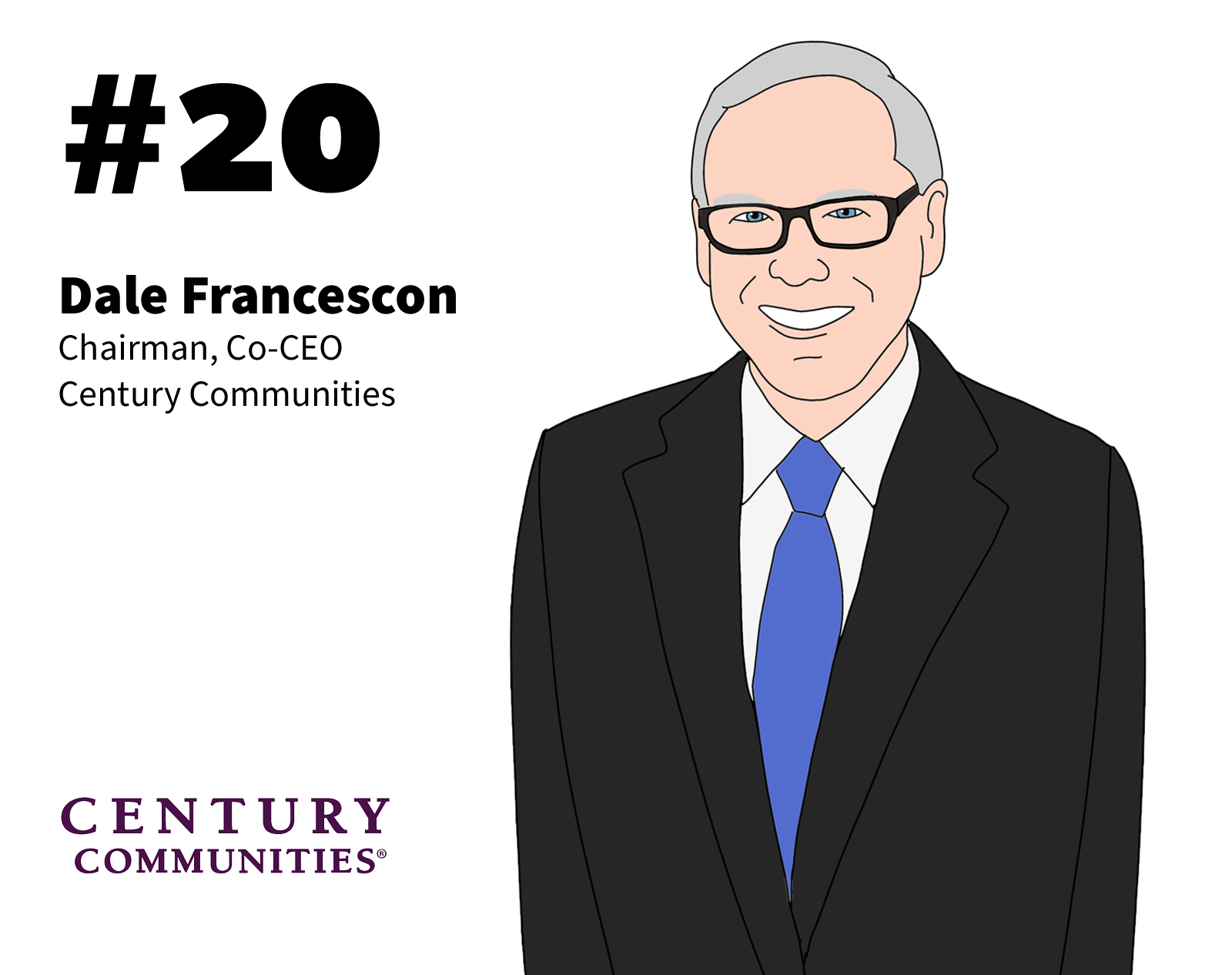
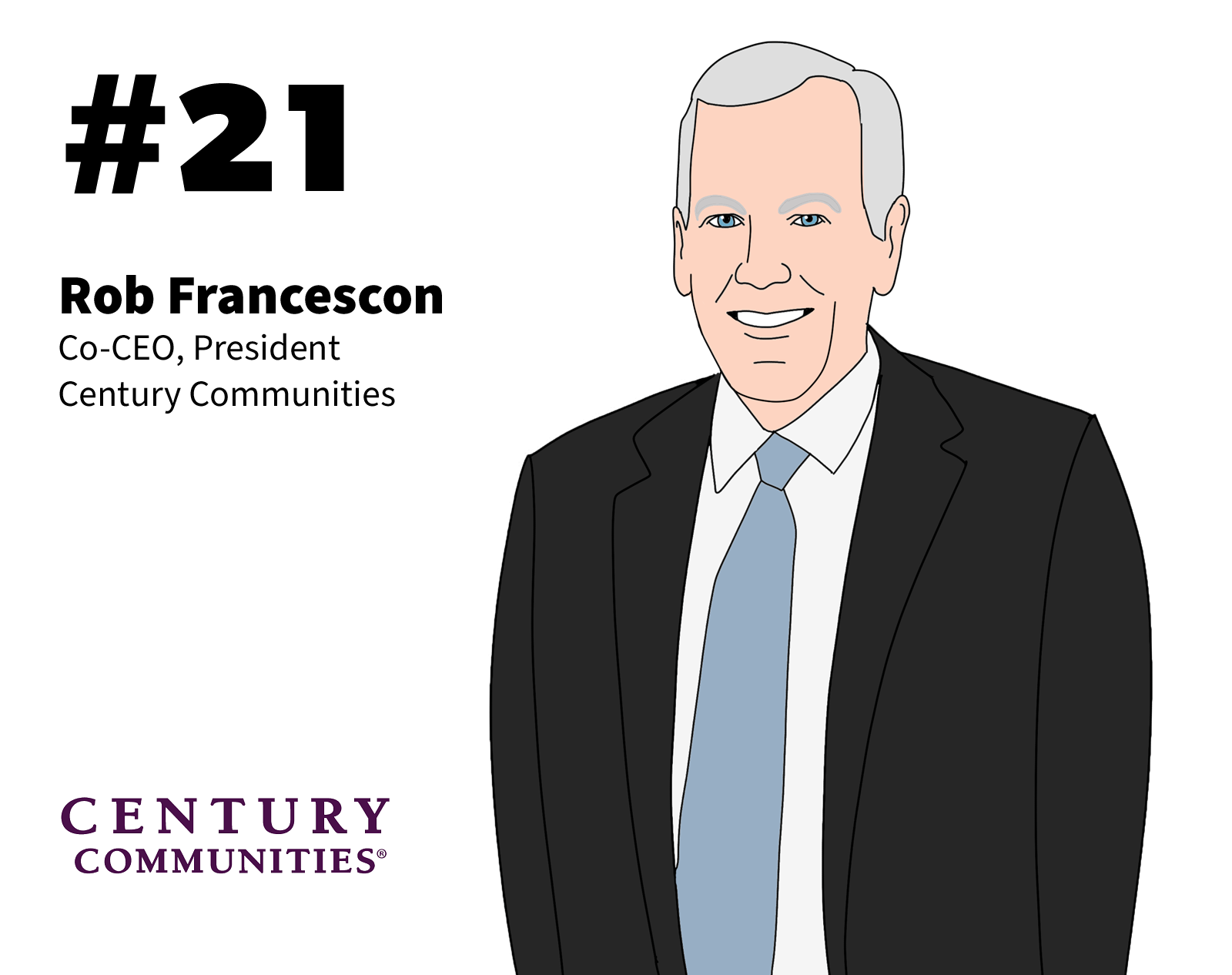
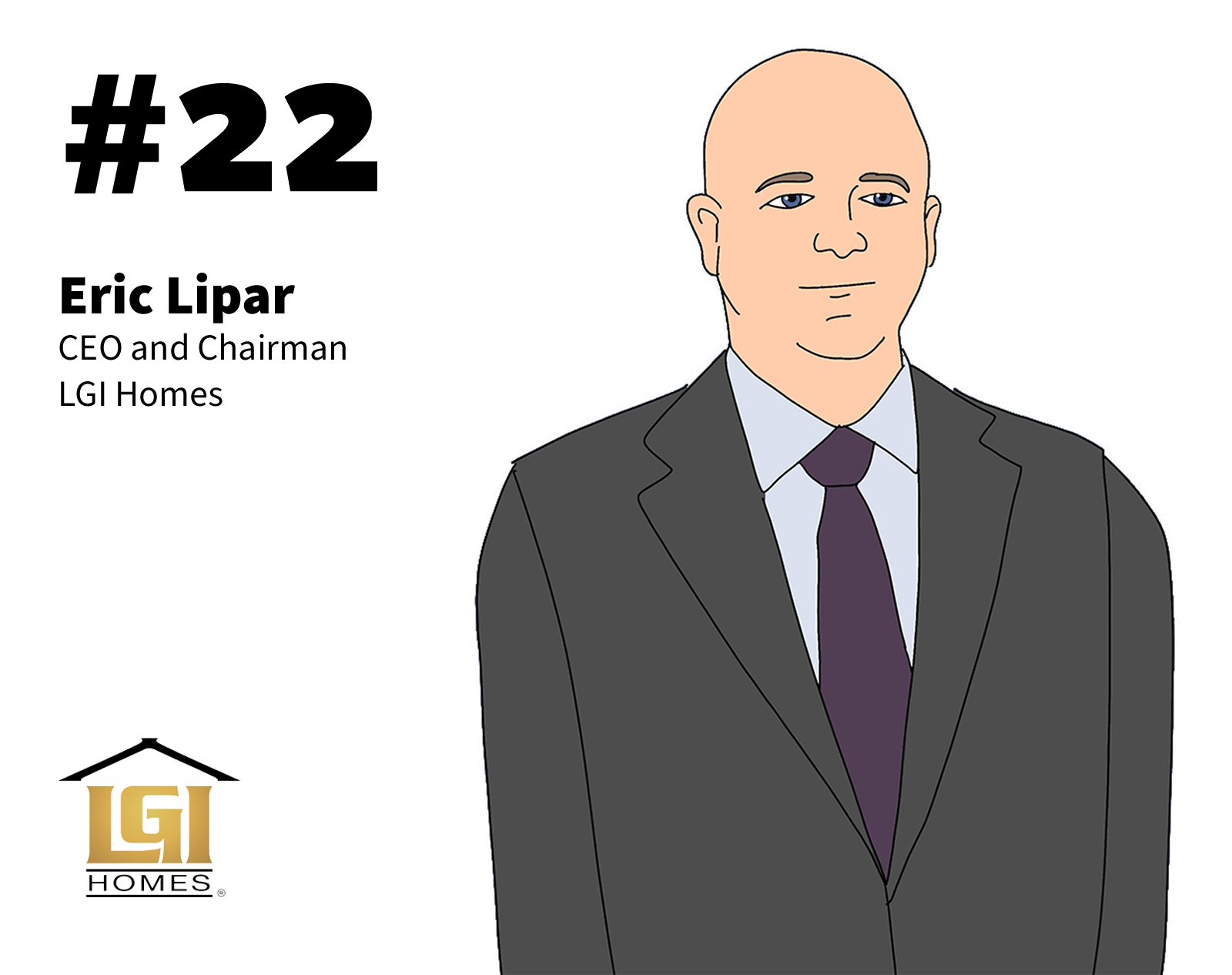
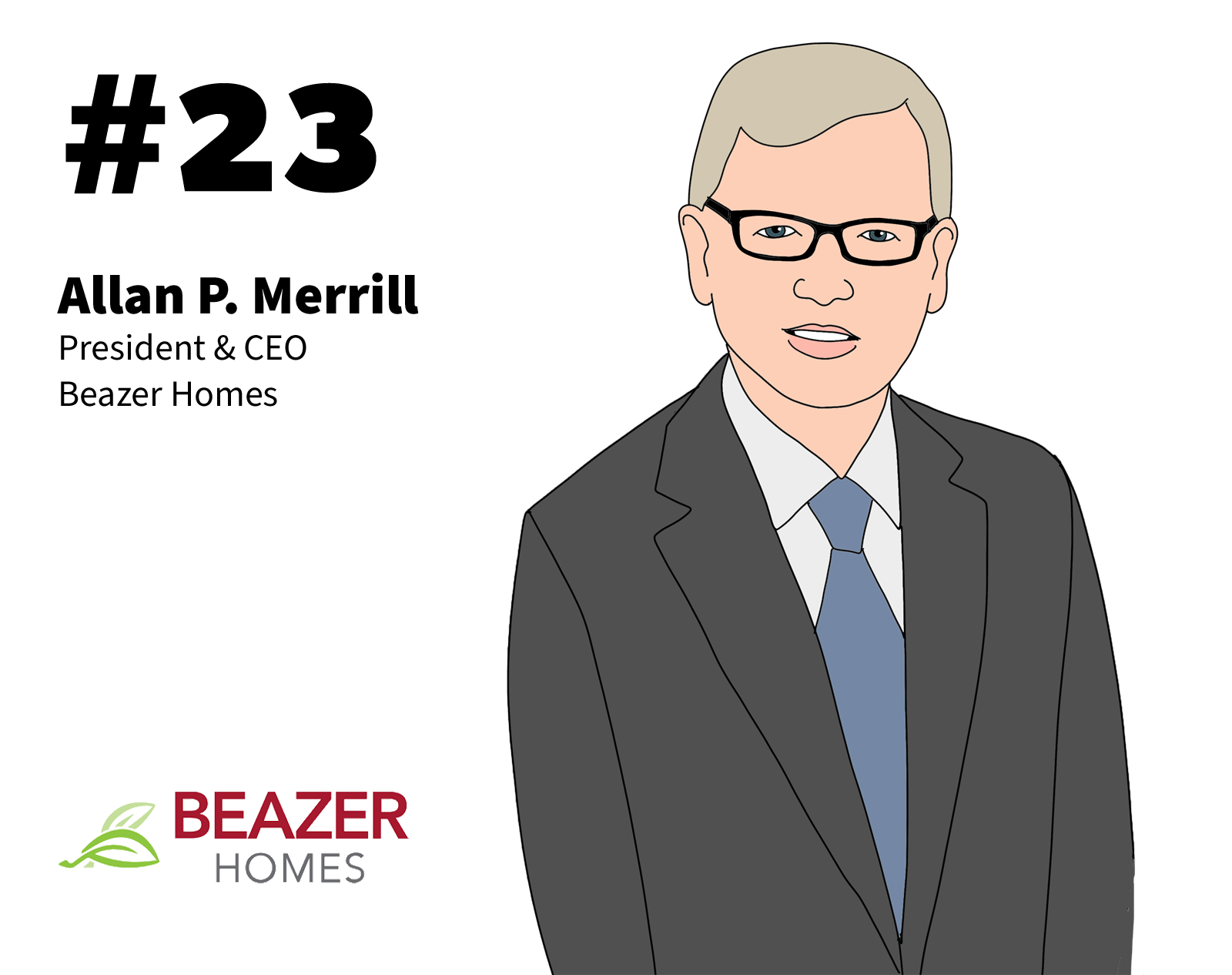
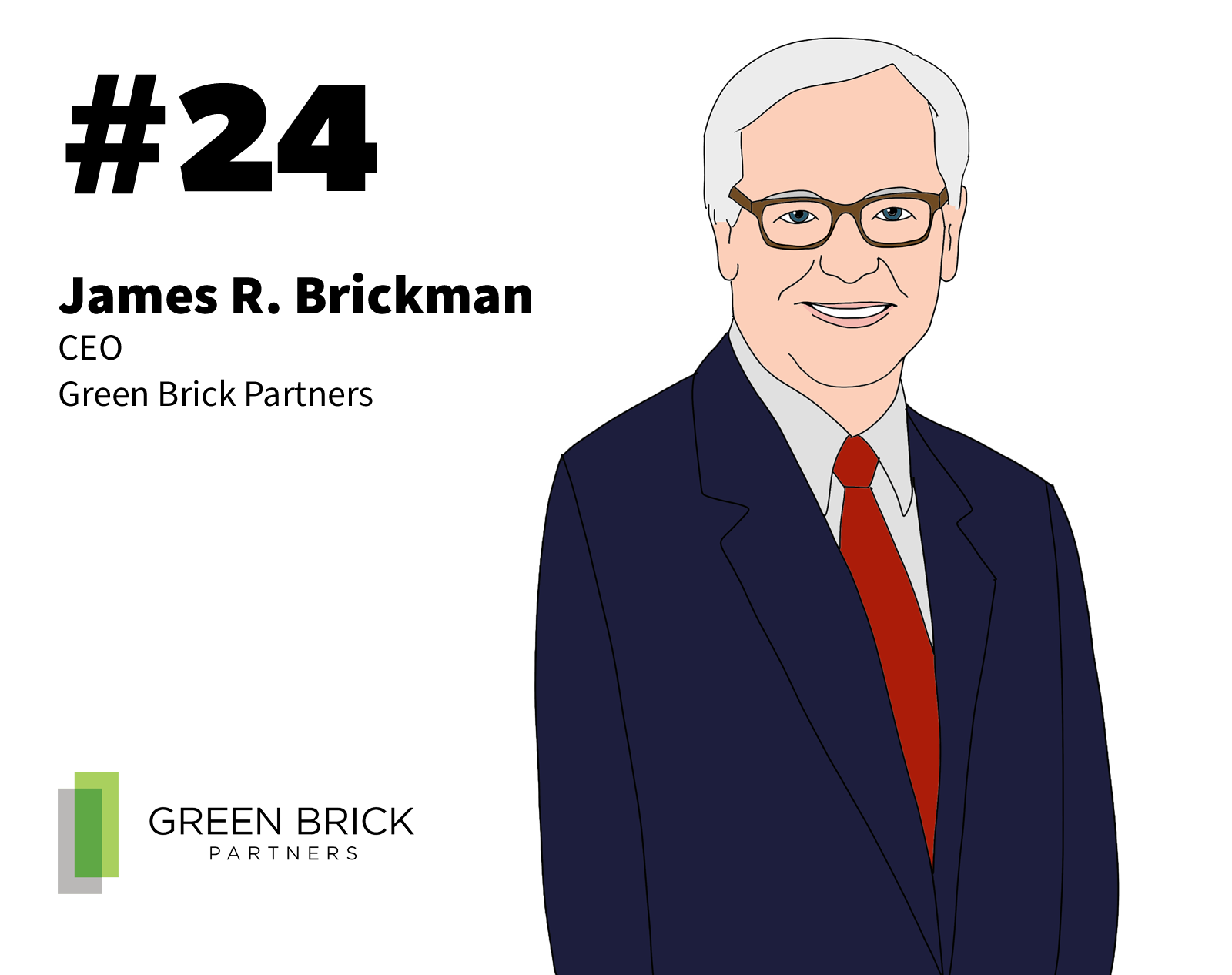
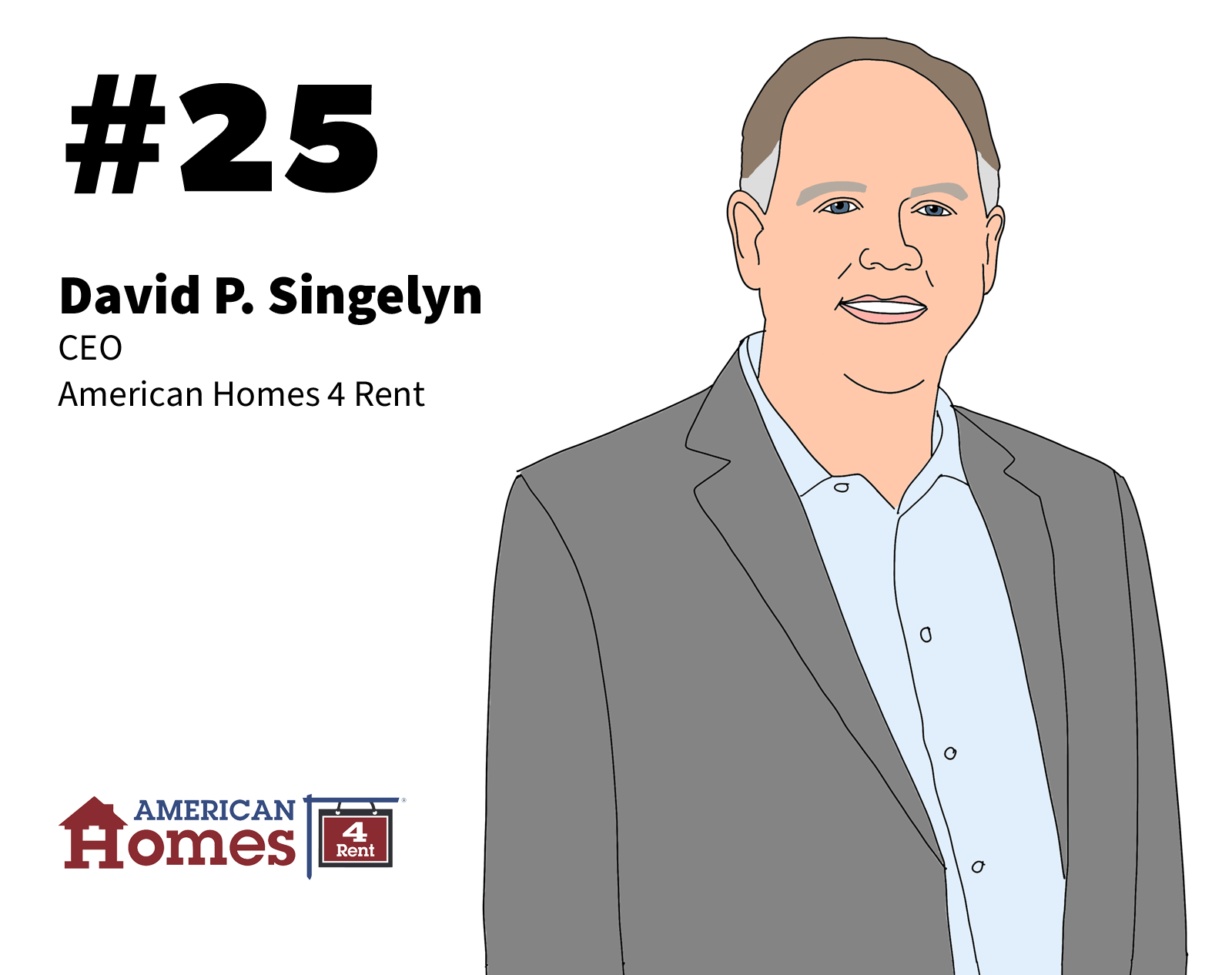
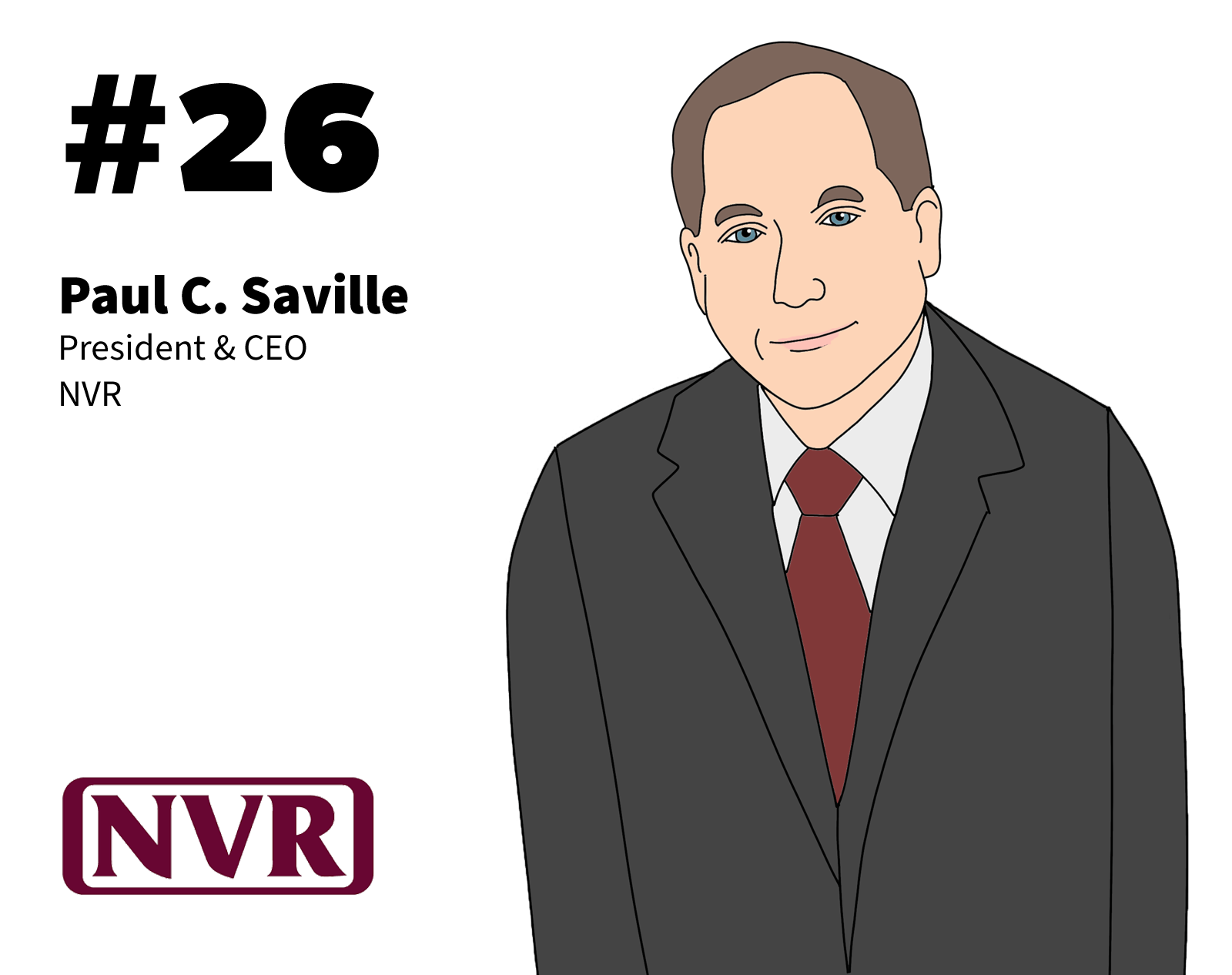
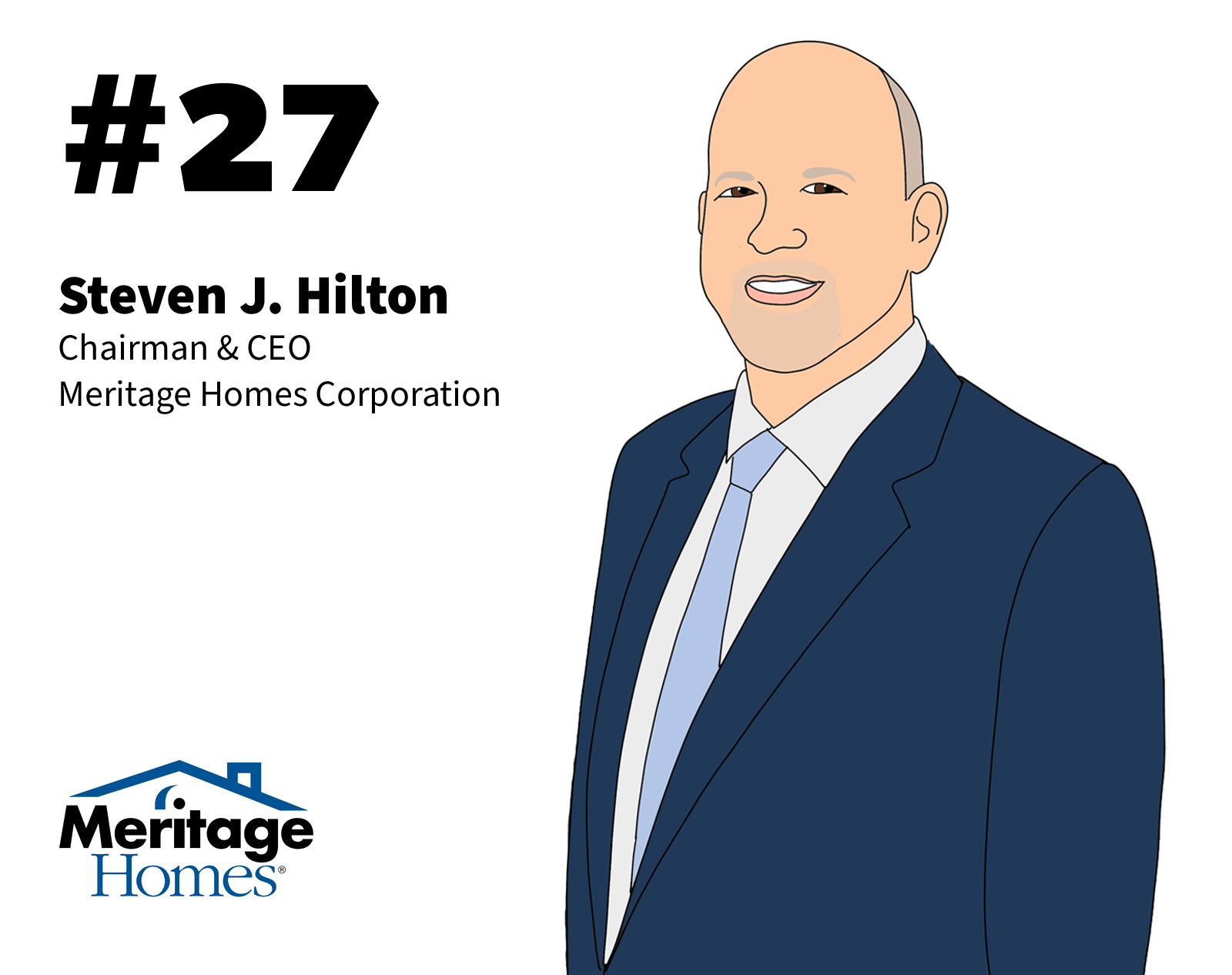
Join the conversation
MORE IN Leadership
Certainty Sells Homes: Simplicity As A Spring Lifeline
Buyers are nervous—and uncertain. Builders who embed clarity, trust, and insurance upfront gain an edge. Exclusive insights from Westwood Insurance Agency’s Christine Geeslin show why radical simplicity is no longer optional.
Tariffs, Land, A Turning Tide: Private Builders Reclaim Ground
Post-tariff fallout creates a rare opening for nimble private builders to seize deals public giants walk away from.
Warren Buffett’s Timeless Wisdom: A Blueprint for Builders
In his final shareholder meeting (as CEO), Warren Buffett emphasized long-term thinking, humility, and trust—principles that resonate deeply with homebuilding professionals facing today's market challenges.
